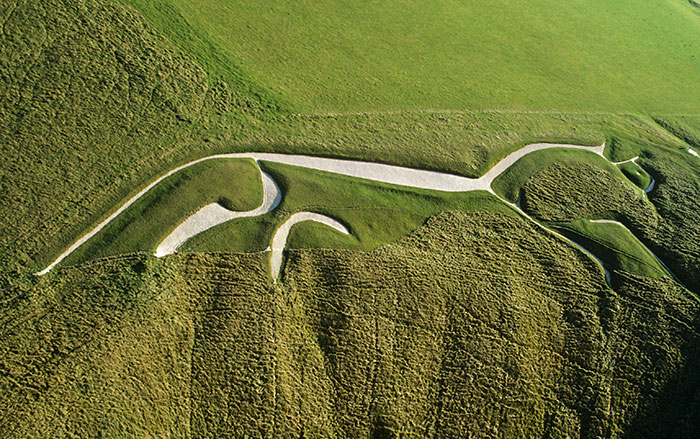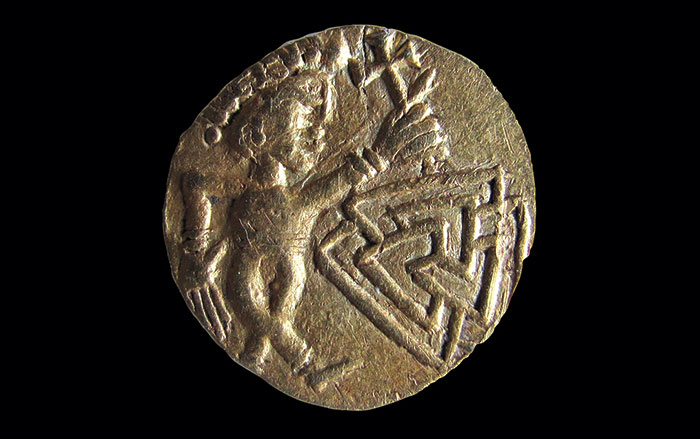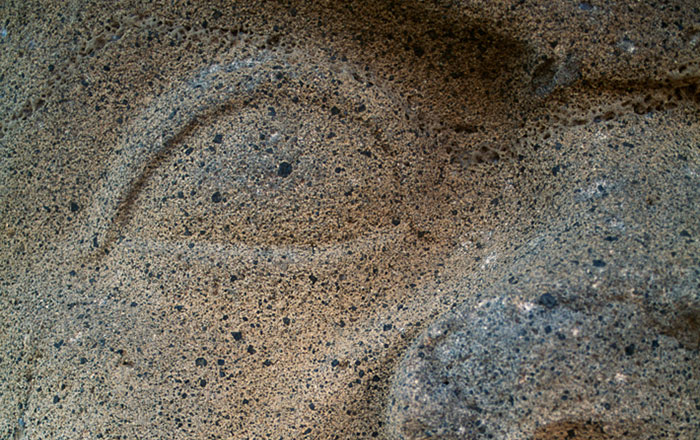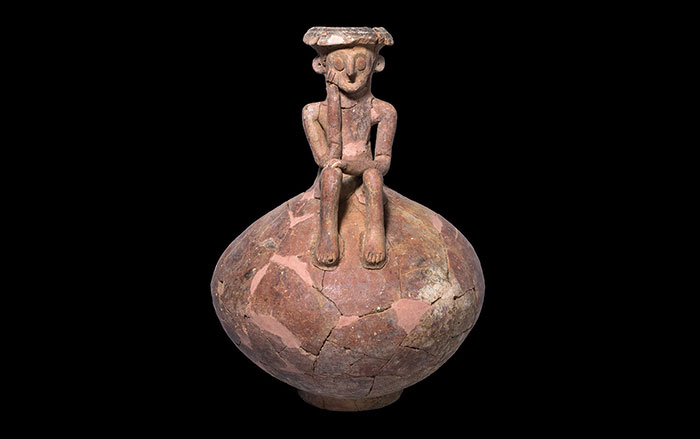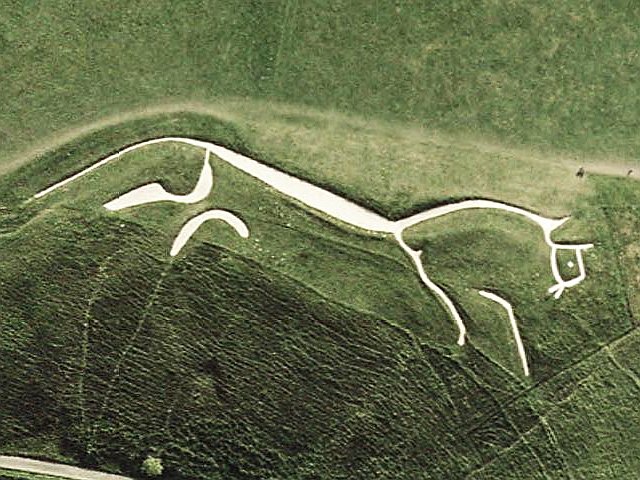
SOUTHAMPTON, ENGLAND—According to a report in the International Business Times, archaeologist Joshua Pollard of the University of Southampton thinks the Uffington White Horse, a prehistoric geoglyph, is not a symbol of ownership, as has been suggested, but a representation of a mythical horse pulling the sun across the sky. Pollard says the horse’s body is positioned as if it is running up a slope, from a site known as Dragon Hill, toward a long mound, a round barrow, and Uffington Castle, which dates to the Iron Age. “If you follow the horse’s position and its track of movement, then that corresponds with the arc of the midwinter sun,” Pollard explained. He added that in Indo-European mythologies and cosmologies, the sun is pulled across the sky by a horse or a horse-drawn chariot during the day, and carried through the underworld at night by boat or chariot. If so, the Uffington White Horse could link Britain’s religious tradition to that of Europe. “It may have acted as a regional or even inter-regional focus for ceremonial activity,” Pollard said. To read more about Indo-European myths involving horses, go to “Horses and the Heavens.”


